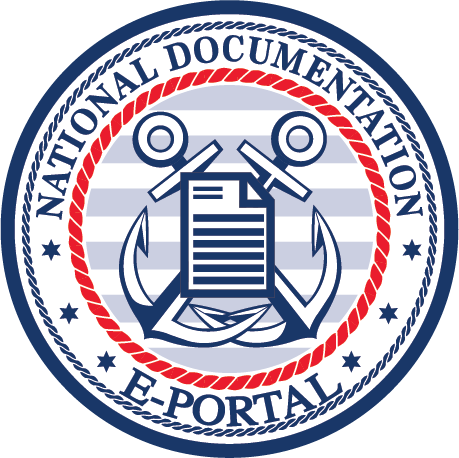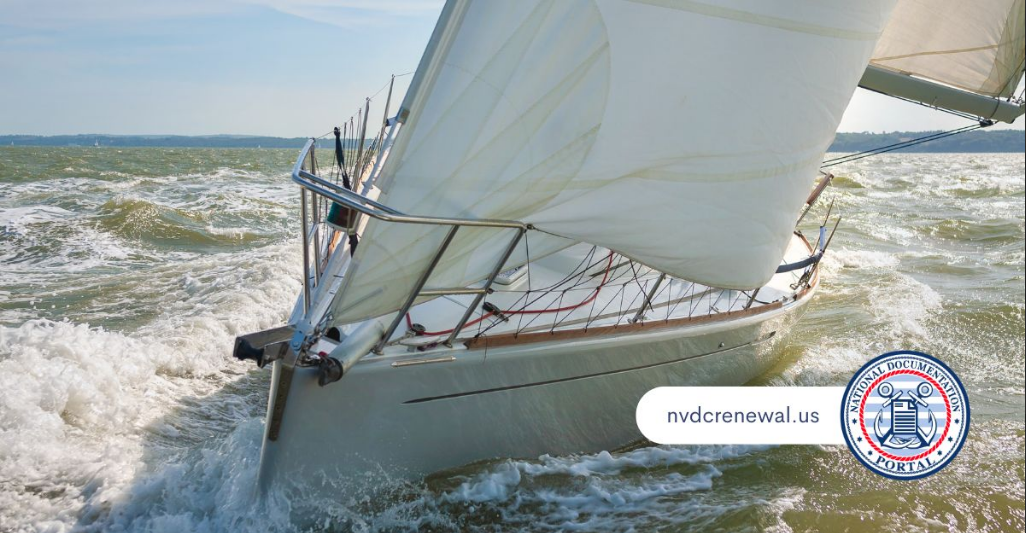Do you know what basic visual distress signals are and how to respond to them on the water? With the summer season upon us, more and more people are on the water. To have peace of mind while you’re enjoying the waves with friends and family, knowing your distress signals can help in a variety of ways. Our vessel documentation site always wants vessel owners to be as safe as possible when on the water.
Flares, Smoke, and More
One of the most common types of distress signals is to see orange smoke. Orange smoke signals can be used to attract attention during daylight hours. They create a dense orange smoke that is easily visible against the water or sky. Additionally, flares are one of the most recognizable distress signals. They come in different types, including hand-held flares, parachute flares, and smoke flares. They produce bright, fiery displays that can be seen from a distance, especially at night. Another popular option: flare guns. These can launch aerial flares that produce bright lights to indicate distress. It should only be used in emergency situations and with caution.
Other Basic Visual Distress Signals
You don’t need to set something on fire or really fire anything to let others know that you’re in distress. For example, a signal mirror is a small mirror with a sighting device that allows you to reflect sunlight in a specific direction. By flashing the mirror’s reflected light, you can signal for help to nearby vessels or aircraft. Additionally, you can’t go wrong with a flag. A distress flag is a square-shaped flag with a black square and an orange circle on a yellow background. It should be flown upside down to indicate distress. Worst to worst, if you’re out of options, the universal distress signal is the Morse code SOS. It can be transmitted by sound (horns, whistles) or visually (using flashlights, searchlights, or by forming letters with your body or objects).
How to Respond to Distress Signals
If you see any of these symbols, first, reduce speed or stop the vessel to evaluate the situation and determine if someone is in distress. Then, verify that the distress signal is legitimate and not a false alarm or a distress signal being misused. If possible, attempt to establish contact with the vessel in distress to gather more information and offer assistance. If it is safe to do so, render aid to the vessel in distress, following established protocols for rescue operations. Additionally, you can contact the nearest Coast Guard station or other relevant maritime authorities to inform them about the distress signal and provide details of the situation.
In Compliance On and Off the Water
Remember, the safety of all individuals involved should be the top priority, and it is crucial to follow local laws, regulations, and established safety procedures when responding to distress signals on the water. As a vessel documentation site, we want you to be safe from both any hazards as well as penalties for not being in compliance with the powers that be. You can find all of the forms you’ll need here at our site.


